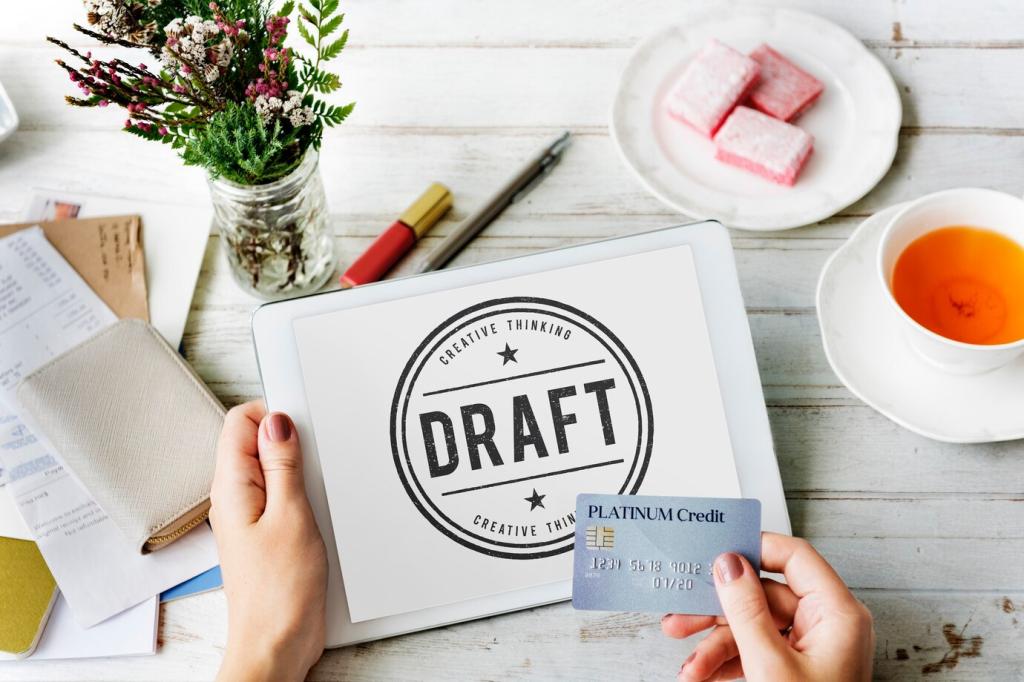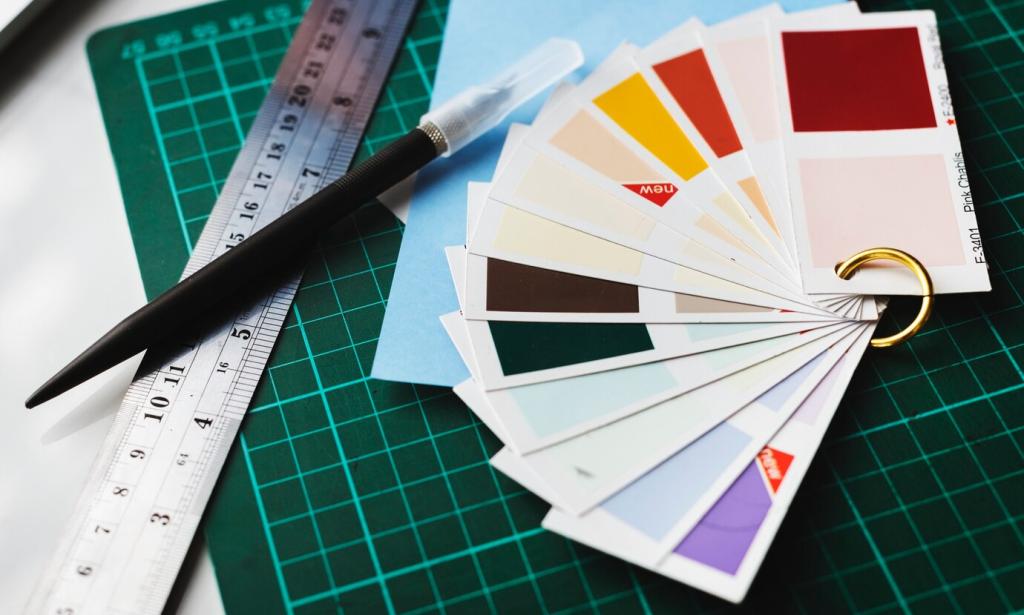Creating Compelling Brand Narratives for Interior Designers
Chosen theme: Creating Compelling Brand Narratives for Interior Designers. Step into a story-first approach that clarifies your value, attracts right-fit clients, and turns your portfolio into an emotional journey. Subscribe for weekly prompts and say hello in the comments with your studio’s one-sentence story.
Why Story Drives Design Decisions
Clients often compare beautiful images, but they remember the story that made them feel understood. Narratives encode meaning, connecting your rooms to desired identities—calm, prestige, creativity—so decisions move from vague preference to confident choice. What memory do your spaces carry?




Origin, Purpose, and Proof
Avoid “I’ve always loved beautiful spaces.” Instead, describe a decisive moment: a flooded apartment redesign that taught resilience, or a hospitality refit that revealed a talent for flow. Pinpoint turning points that justify your method today, not generic passion.
Origin, Purpose, and Proof
Tie purpose to choices: if you design for neurocalm, explain your acoustic strategies and zoning. If you elevate local craft, show how you brief makers. A clear why helps clients predict how you’ll navigate trade-offs under pressure.
Your Website as a Narrative Arc
Open with a one-sentence promise, then a simple path: how you work, who you serve, and what outcomes you create. Use a single, prominent call to action that continues the story—book a discovery call, download a lookbook, or start a style questionnaire.
Multi-Channel Storytelling for Studios
Think in beats: brief problem, context shot, material detail, spatial reveal, client reaction. End with a soft call to continue—newsletter signup or studio journal. Consistency compounds; weekly chapters build anticipation and deepen your narrative world.

Multi-Channel Storytelling for Studios
Design a six-email arc: origin, philosophy, process, two case stories, invitation. Keep each issue skimmable, with one sensory detail that lingers. Subscribers become warm leads because they experience your method, not just your images.
Calls to Action That Fit the Story
Use low-friction steps: a style diagnostic, a five-minute fit call, or a project readiness checklist. Frame each as a continuation of the story—“discover your home’s narrative”—so action feels meaningful, not salesy.
Offer assets that deepen your world: a materials field guide, an entertaining flow map, or a hospitality brand tone kit. Require email to access and follow up with a relevant, helpful note rather than a generic pitch.
End posts with prompts like, “What room at home deserves a calmer storyline?” or “Which brand value should your lobby communicate first?” Genuine questions earn replies, shaping your next story while revealing buyer priorities.

